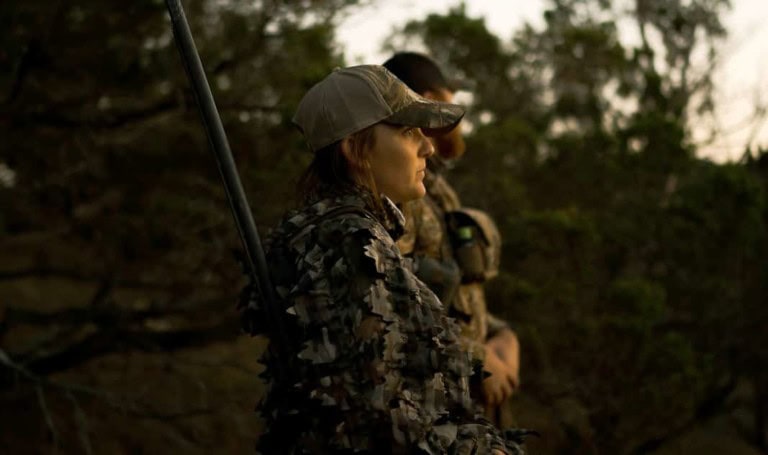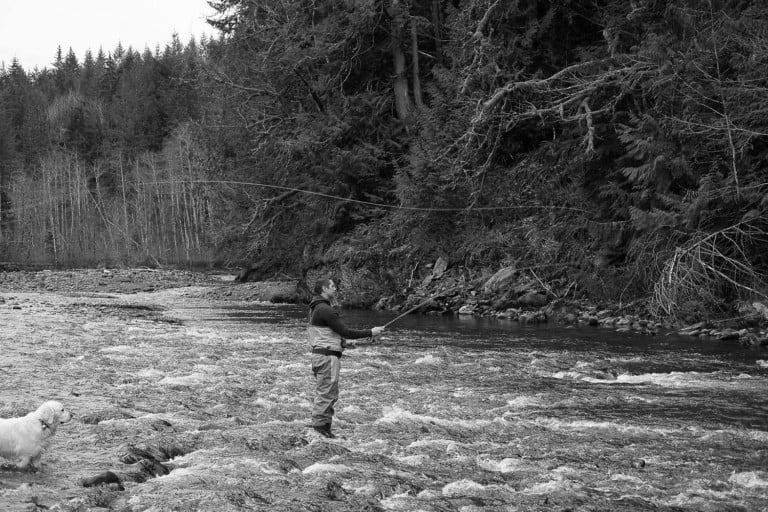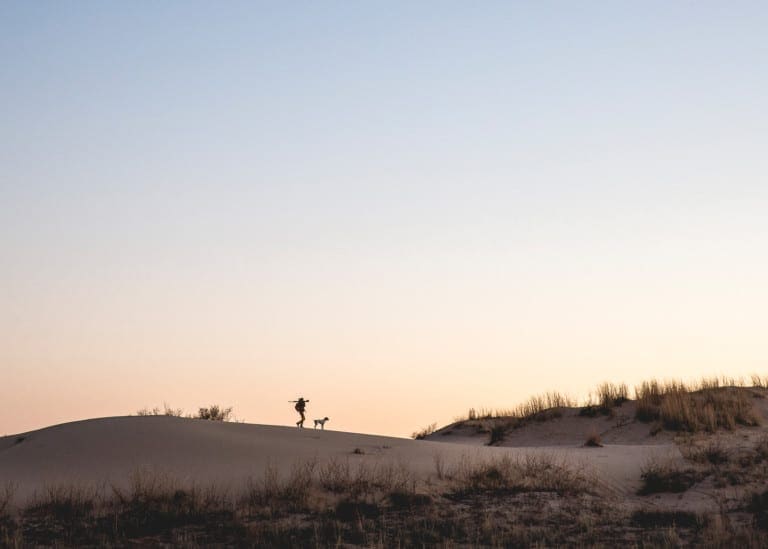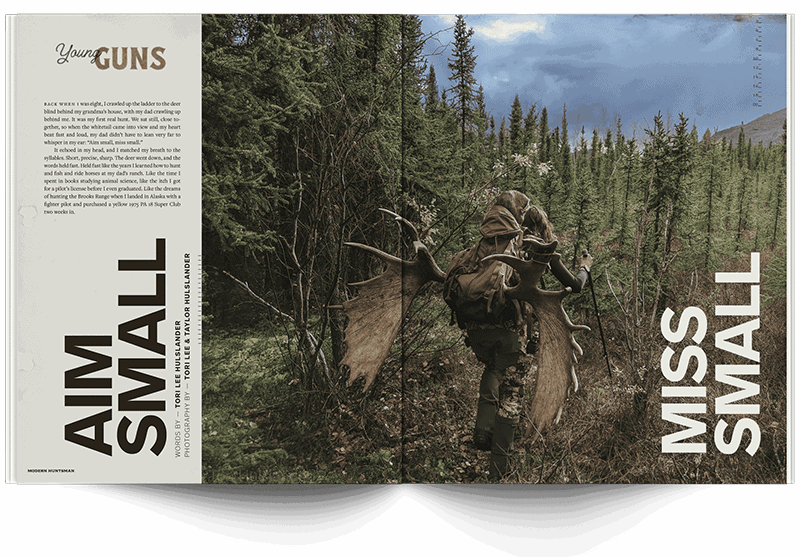Blackbeard’s Ranch in southwestern Florida is hardly classic cattle-rustling terrain. Rumbling across his land in a swamp buggy, Jim Strickland steers past alligators and maneuvers through a dense mix of pines and saw palmettos. Cabbage palmssoar in the distance. Strickland points out threatened sandhill cranes (Grus canadensis), crested caracaras (Caracara cheriway), wetlands he restored to help improve drinking water, and gopher tortoises (Gopherus polyphemus) thriving after he burned invasive exotic plant species. Eventually, we happen upon the first cow. He grins proudly as he tells of finding black bear (Ursus americanus floridanus) tracks in the sandy soil, watching the head-bobbing antics of burrowing owls (Athene cunicularia), and searching hopefully for a glimpse of his “white whale,” the Florida panther (Puma concolor coryi).
Even in December, the air is sultry as Strickland describes his closest panther sighting: the tracks where the animal had dragged its prey away. “I’ve been in the woods my entire life, but I’ve never seen what I would swear on a Bible was a panther,” he says. Still, he is convinced that the key to the panthers’ success lies on the ground he and fellow ranchers steward. “A cattle ranch is the closest thing to pristine wilderness as Florida will ever get,” says Strickland, who was voted the Audubon Society’s Florida Sustainable Rancher of 2019.
More than 900 people a day move to the Sunshine State. Orlando alone is expected to grow by 50 percent in the next 20 years. Planned development projects will not only carve up scarce open space in central Florida but compromise the land’s ability to recharge dwindling aquifers, complicate downstream Everglades restoration, and potentially sever vital wildlife corridors. The current development trajectory is projected to consume 40,469 hectares (100,000 acres) of Florida natural and agricultural lands per year — a total of





